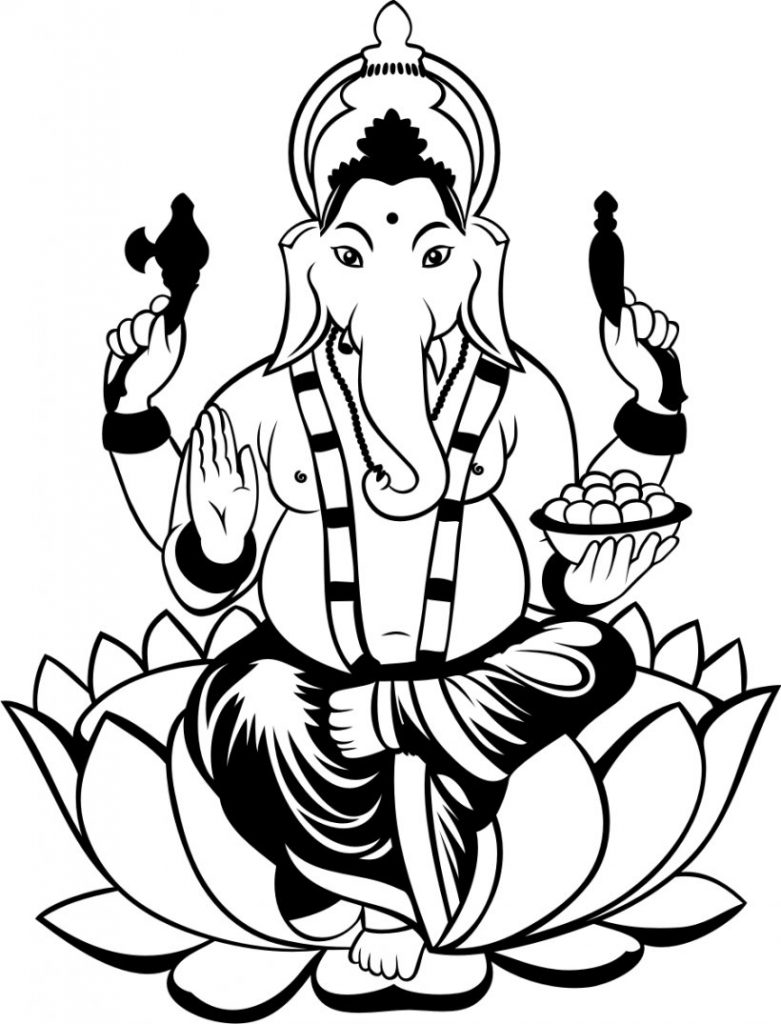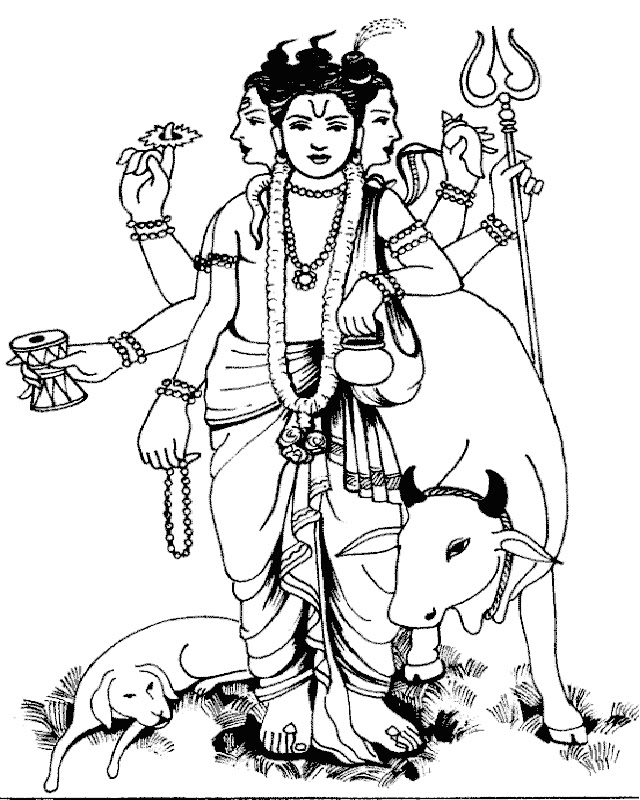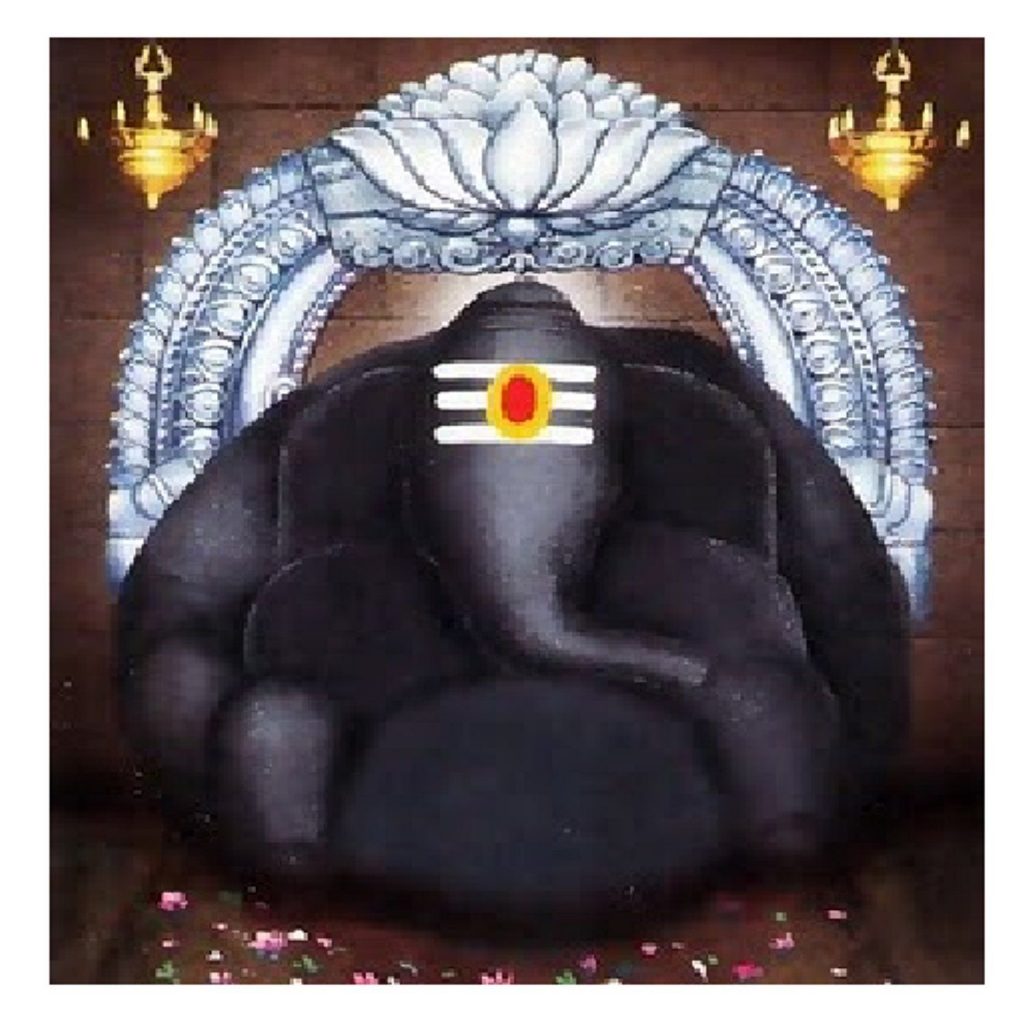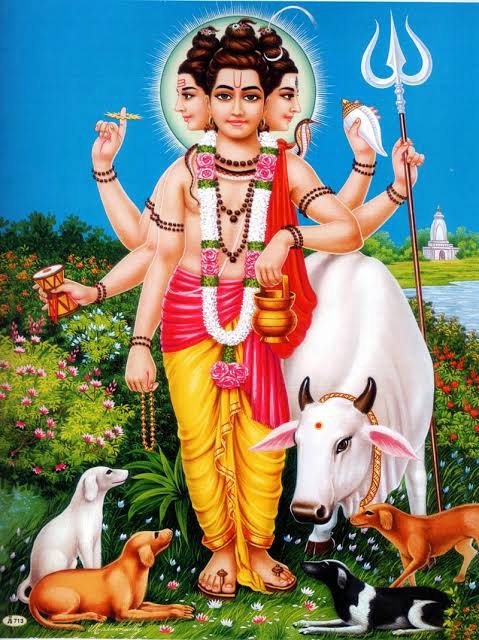
Shaanti Swaroopa Shirdi SaiBaba Temple
(SSSS Temple)

Auṃ Ékadantāya Vidmahé,
Vakratundāya Dheemahī,
Tannóḥ Danti Prachódayāt ||

Auṃ Shirdi Vāsāya Vidmahé,
Sachidānanda Dheemahī,
Tannóḥ Sāi Prachódayāt ||

Auṃ Dattāthreya Vidmahé,
Atriputraaya Dheemahī,
Tannóḥ Datta Prachódayāt ||
Auṃ SāiRam…Welcome to Shaanti Swaroopa Shirdi SaiBaba Temple web site. SSSS Temple extends a very warm welcome to all our devotees.
Our Motto

“Be Blessed…Stay Blessed…” All of us believe in the power of the divine, blessings from ancestors and wishes from loved ones. It is in our very being, that we wish all our devotees to seek the blessings of the divine, in all forms and to stay blessed by the grace of the almighty.
Ślōkā of the Day

ॐ सांईं नमो नमः श्री सांईं नमो नमः
जय जय सांईं नमो नमः सतगुरु सांईं नमो नमः |
ॐ सांईं नमो नमः श्री सांईं नमो नमः
जय जय सांईं नमो नमः सतगुरु सांईं नमो नमः ||
Auṃ Sai Namó Namah |
Shri Sai Namó Namah ||
Jai Jai Sai Namó Namah |
Sadguru Sai Namó Namah ||
Our Temple
Shaanti Swaroopa Shirdi SaiBaba Temple sits atop a small hillock in the pristine surroundings of a small village named Pachapanatti Village, Near Gettur, Bommathathanur Post, via Kelamangalam, Denkanikottai Taluk, Krishnagiri District in TamilNadu, India. The Temple oversees lush green agricultural lands.
As we enter the temple premises, devotees get Darshan of Sri Varasiddhi Vinayaka Swamy and proceed towards the main temple. As devotees walk up the steps to the fantastic entrance of the temple, one can get darshan of Dattāthréya Guru on to the right and catch a glimpse of the temple Dhuni to the left. Few steps more and devotees get a wonderful sight of Shaanti Swaroopa Shirdi SaiBaba, our presiding deity.
The Main temple is built on a sprawling area of more than 900 Sq. Ft., featuring a 15 Feet high ceiling and a fantastic 9.75 Feet tall Gopuram and a 2.25 Feet Kalasa on the ceiling, situated right above Baba’s idol.
The temple has abundant lighting inside to help devotees completely focus their devotion on Baba’s idol. Baba’s Paadhukaas are placed in front of his idol. Read more about the interesting story of Baba’s Paadhukaas, below.
Our Deities & Dhuni

Varasiddhi Vinā̍yaka Swā̍mi
Lord Vinā̍yakā̍ or Vignéshwarā̍, the remover of obstacles, the patron of arts and sciences and the Lord of intellect and wisdom. As the God of new beginnings, HE is honored at the start of all auspicious and important rituals and religious ceremonies. Varasiddhi Vinā̍yaka Swā̍mi Mantapam, as an auspicious beginning, was first consecrated at the temple site.

Shaanti Swaroopa Shirdi SaiBaba (Presiding Deity)
SaiBaba is revered as one of the greatest saints to have ever lived in India, endowed with unprecedented powers, and is worshipped as God incarnate. (Sai meaning Sā̍kshā̍t Ishwar). To His millions of followers seeking salvation, SaiBaba is a guiding force who generates faith and confidence in them.
The teachings of SaiBaba have inspired many to be aware of the limits of the mortal body. ‘Shradhha’ (love and reverence) and ‘Saburi’ (patience and perseverance) are the cardinal principles to walk on the path as led by Baba. Shaanti means inner peace and Swaroopa means embodiment. When a person is a true embodiment of inner peace, that person is said to be Shaanti Swaroopa.

Dattāthréya Guru
Dattāthréya or Dattaguru, is a Sanyāsi and one of the lords of Yoga, venerated as Hindu God. He is typically shown with three heads and six hands, one head each for Brahmā̍, Viṣṇu and Śiva (Mahéshwarā̍), and one pair of hand holding the symbolic items associated with each of these Gods: Japamā̍lā̍ and water pot of Brahmā̍, conch and discus of Viṣṇu, trident and drum (ḍamaru) of Śiva.
He is typically dressed as a simple monk, situated in a forest, suggestive of his renunciation of worldly goods and pursuit of a meditative yogi lifestyle. He is surrounded by four dogs and a cow, which is a symbolism for the four Vedas and mother earth that nourishes all living beings.

Dhuni
For many devotees, the Dhuni is one of the most significant parts of any Sai temple, as it is so closely associated with Baba and holds a special place in every Sai temple. The Dhuni is the sacred, perpetually burning fire that Baba built in the holy land of Shirdi and which has been maintained ever since, though today the fire is much bigger and is enclosed behind a wire cage.
According to the Sri Sai Satcharitra, fire symbolized and facilitated purification and was the focus of offerings, where Baba would intercede on behalf of his devotees. Our SSSS Temple will also house a Dhuni.
Story of Our Temple
Shaanti Swaroopa Shirdi SaiBaba Temple (SSSS Temple) initiative started out of a chance discussion between the two founders. What started as a simple conversation turned into a thought leading to a commitment. We believe the very meeting, discussion and thought were induced by God himself. There was an immediate commitment made to construct a Shirdi SaiBaba Temple at the same time, by the founders.
The name “Shaanti Swaroopa” occurred to the founders of the SSSS Temple Trust as they were about to visit a nearby temple. The very name Shaanti Swaroopa needs no explanation as we believe it represents a peaceful and blissful personification of God in human form.
There is a belief that rain is always a blessing from the heavens. As the Bhoomi Puja / Sankusthaapana Puja for the temple progressed, it rained out of nowhere to bless all devotees present during the Puja. It takes a spiritual mind to acknowledge the amazing ways in which the divine shower blessings on us humans.
Along the North West corner of the temple is a Neem tree. Every person who has been closer to the tree or has had a chance to sit under the same has felt divine powers to the tree. This has been called out by quite a few people working on the site of the temple itself. The Neem tree lets us only wonder about the greatness of the spot. One must visit the temple to experience the same.

- +91 90085 52377, +91 90088 44277
- sssstempletrust@gmail.com
-
Survey No. 328/2, Pachapanatti Village,
(Near) Gettur,
Bommathathanur Post,
(Via) Kelamangalam,
Denkanikottai Taluk,
Krishnagiri District,
Tamil Nadu – 635113, INDIA
Copyright © SSSS Temple | Designed & Developed by Zauca